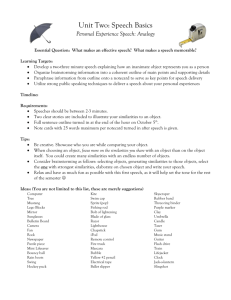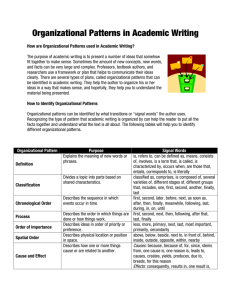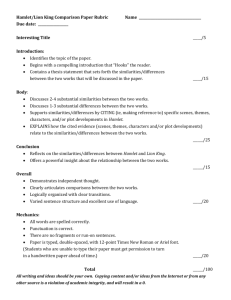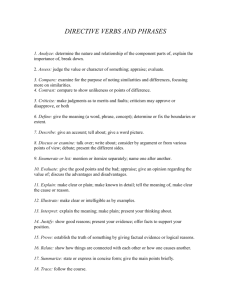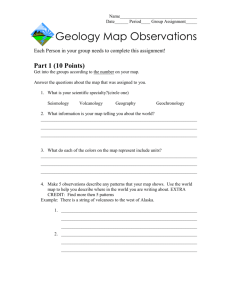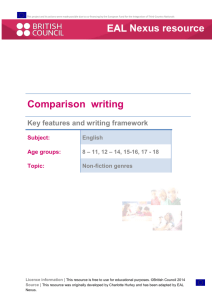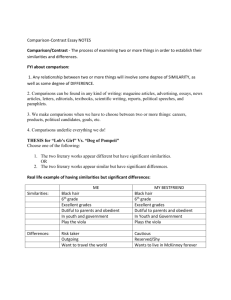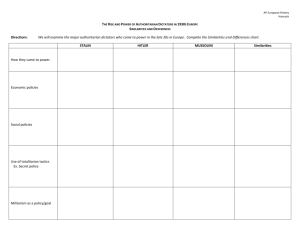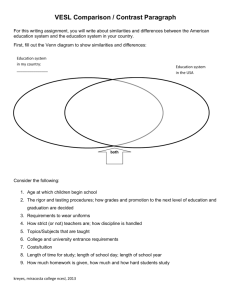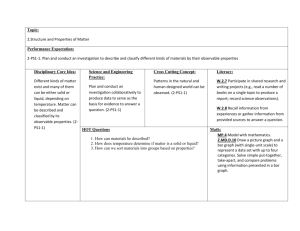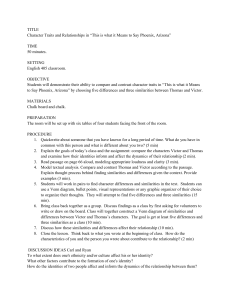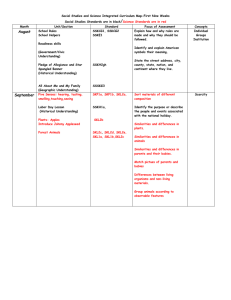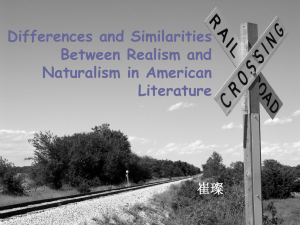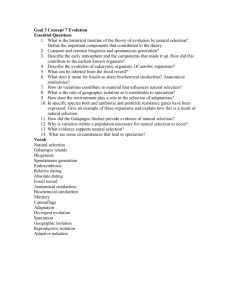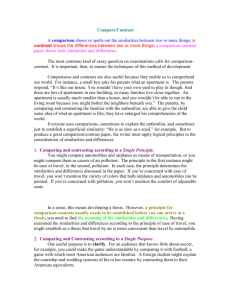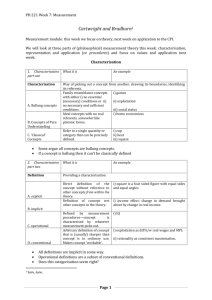K Science Unit 2 K-LS1-1
advertisement
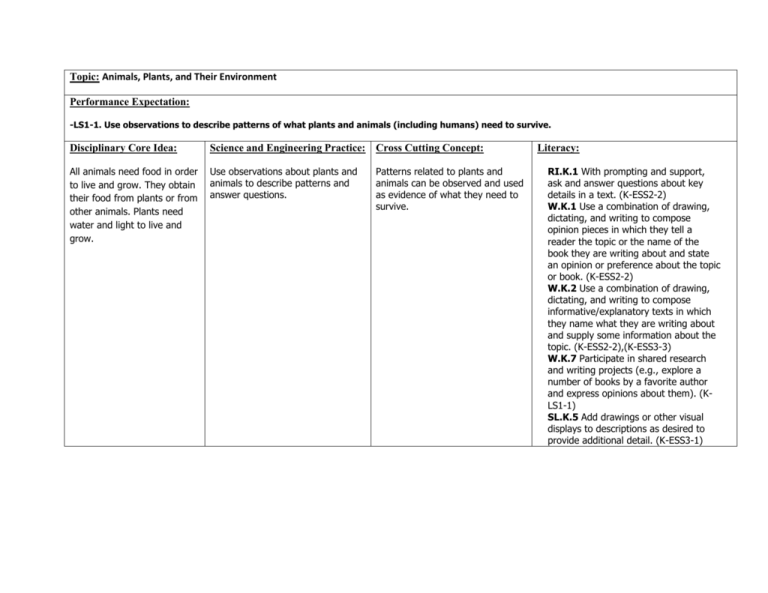
Topic: Animals, Plants, and Their Environment Performance Expectation: -LS1-1. Use observations to describe patterns of what plants and animals (including humans) need to survive. Disciplinary Core Idea: Science and Engineering Practice: Cross Cutting Concept: All animals need food in order to live and grow. They obtain their food from plants or from other animals. Plants need water and light to live and grow. Use observations about plants and animals to describe patterns and answer questions. Patterns related to plants and animals can be observed and used as evidence of what they need to survive. Literacy: RI.K.1 With prompting and support, ask and answer questions about key details in a text. (K-ESS2-2) W.K.1 Use a combination of drawing, dictating, and writing to compose opinion pieces in which they tell a reader the topic or the name of the book they are writing about and state an opinion or preference about the topic or book. (K-ESS2-2) W.K.2 Use a combination of drawing, dictating, and writing to compose informative/explanatory texts in which they name what they are writing about and supply some information about the topic. (K-ESS2-2),(K-ESS3-3) W.K.7 Participate in shared research and writing projects (e.g., explore a number of books by a favorite author and express opinions about them). (KLS1-1) SL.K.5 Add drawings or other visual displays to descriptions as desired to provide additional detail. (K-ESS3-1) HOT Questions Math: 1. What similarities/differences (patterns) do you notice about plant and animal needs? 2. What will happen to plants and animals if their needs are not met? 3. How can I communicate about this pattern? MP.2 Reason abstractly and quantitatively. (K-ESS3-1) MP.4 Model with mathematics. (K-ESS3-1) K.CC Counting and Cardinality (K-ESS3-1) K.MD.A.2 Directly compare two objects with a measurable attribute in common, to see which object has “more of”/”less of” the attribute, and describe the difference. (KLS1-1) Learning Target: “I Can” I can identify the needs of plants and animals. I can determine patterns of animal and plant needs. I can explain the similarities and differences of plant and animal needs. Key Vocabulary: Living Habitat Roots Shelter Plants Non-living Water Leaves Sunlight Flower Animals Food Stem Formative Assessment Plan Target I can identify the needs of plants and animals. Target Type Assessment Type Formative Assessment Options Knowledge Selected Response Tell about the needs of plants and animals. Reasoning Constructed Response Write about the needs of plants and animals. Skill Personal Communication Product Performance Assessment I can evaluate information to determine patterns of animal and plant needs. I can explain the similarities and differences of plant and animal needs. Knowledge Selected Response Tell about patterns of animal and plant needs. Reasoning Constructed Response Write about patterns of animal and plant needs. Skill Personal Communication Product Performance Assessment Knowledge Selected Response Write about similarities and difference of plant and animal needs. Reasoning Constructed Response Tell about similarities and difference of plant and animal needs. Skill Personal Communication Product Performance Assessment Activities: Sing songs about plant and animal needs, living and non-living things, and the parts of a plant. Brain Pop Jr.(habitats, parts of a plant, etc.) Read books about plant and animal needs. Invite community experts to present information about plant and animal needs. Go on a field trip to a zoo, greenhouse, or a garden. Research plant and animal needs. Students write in journals about plant and animal needs and patterns they observe. Students label the parts of a plant. Students create draw or create models to show the needs of plants and/or animals.

